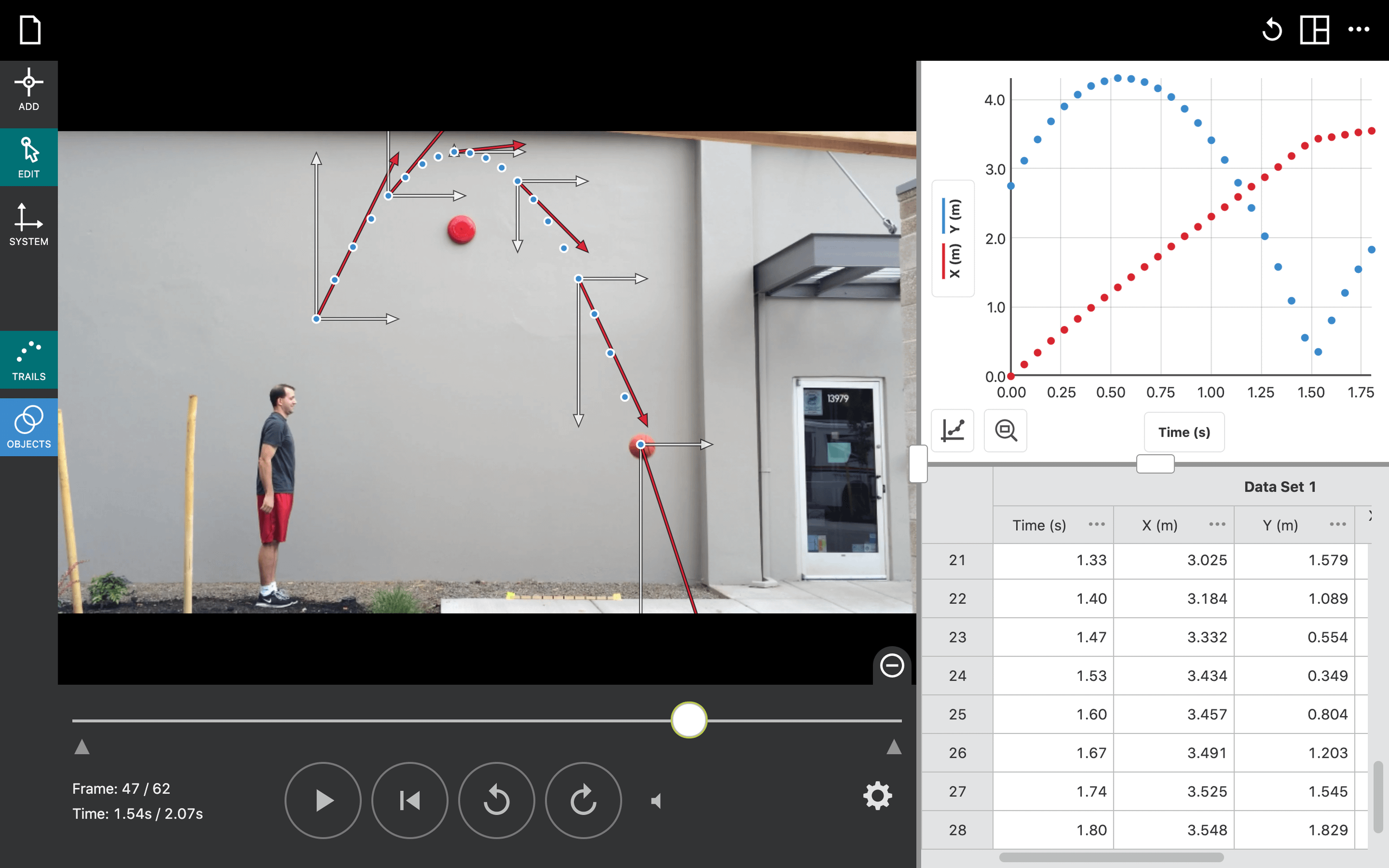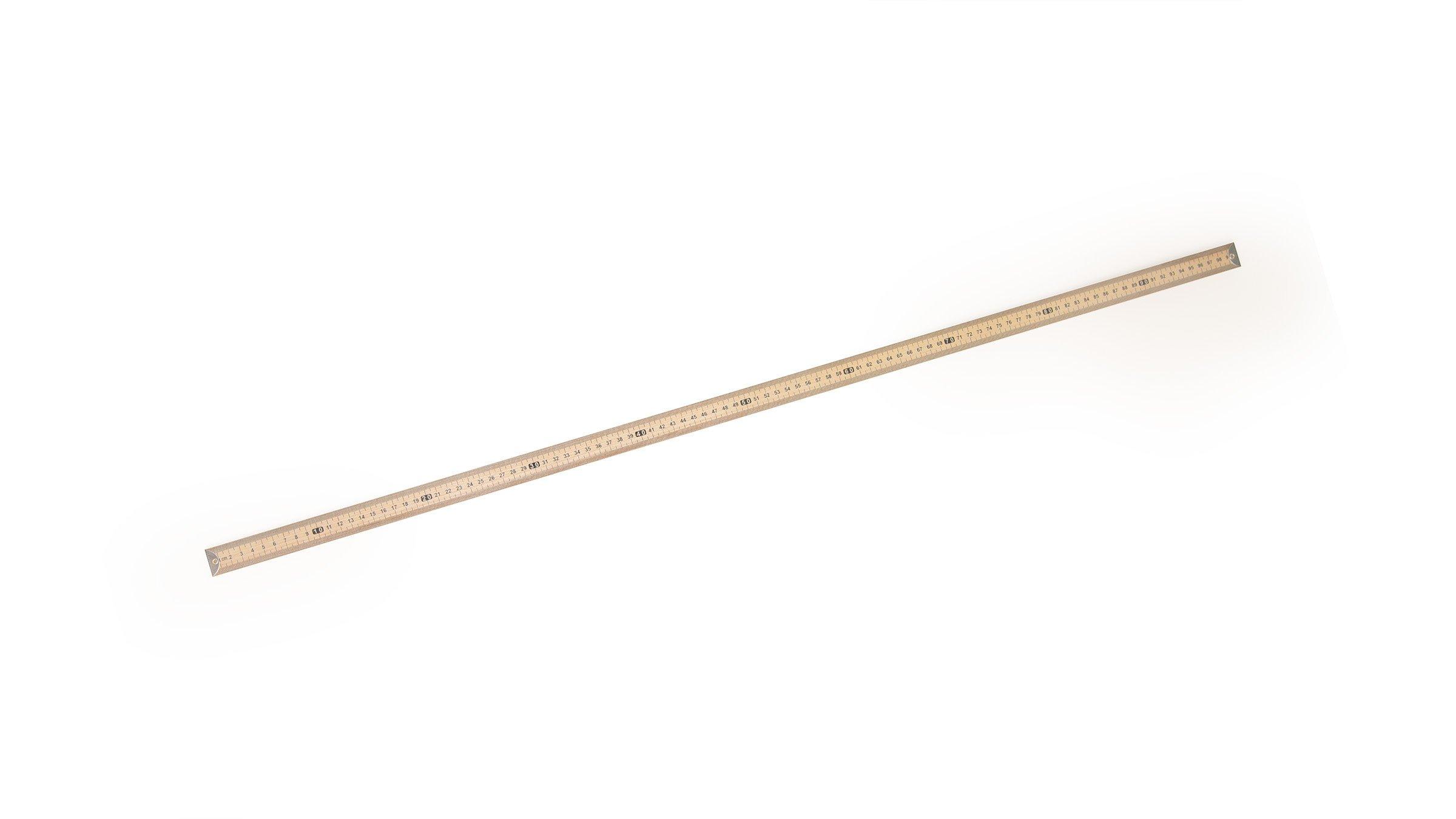
Introduction
The coefficient of friction is a measurement of the ease with which two materials slide past each other. Different combinations of materials have different coefficients of friction. For instance, the coefficient of friction between a bicycle’s rubber tire and a paved road surface is much greater than the coefficient of friction between a sled and snow. The coefficient of friction is usually given the Greek letter mu (μ) in mathematical relationships.
Scientists have long recognized that the coefficient of friction is different when two objects are moving relative to each other or at rest. Imagine trying to slide a large refrigerator across a kitchen floor. It takes more force to get it moving than to keep it moving—this is because the coefficient of static (not moving) friction is greater than the coefficient of kinetic (sliding) friction.
In this experiment, you will record video of a sliding object and use video analysis tools to determine the coefficient of kinetic friction.
Objectives
In this experiment, you will
- Measure the motion of a sliding object.
- Evaluate the forces acting on a sliding object.
- Determine the coefficient of kinetic friction between the sliding object and the surface on which it is sliding based on the acceleration of the sliding object.
Sensors and Equipment
This experiment features the following sensors and equipment. Additional equipment may be required.
Ready to Experiment?
Ask an Expert
Get answers to your questions about how to teach this experiment with our support team.
- Call toll-free: 888-837-6437
- Chat with Us
- Email support@vernier.com
Purchase the Lab Book
This experiment is #5 of Vernier Video Analysis: Motion and Sports. The experiment in the book includes student instructions as well as instructor information for set up, helpful hints, and sample graphs and data.



